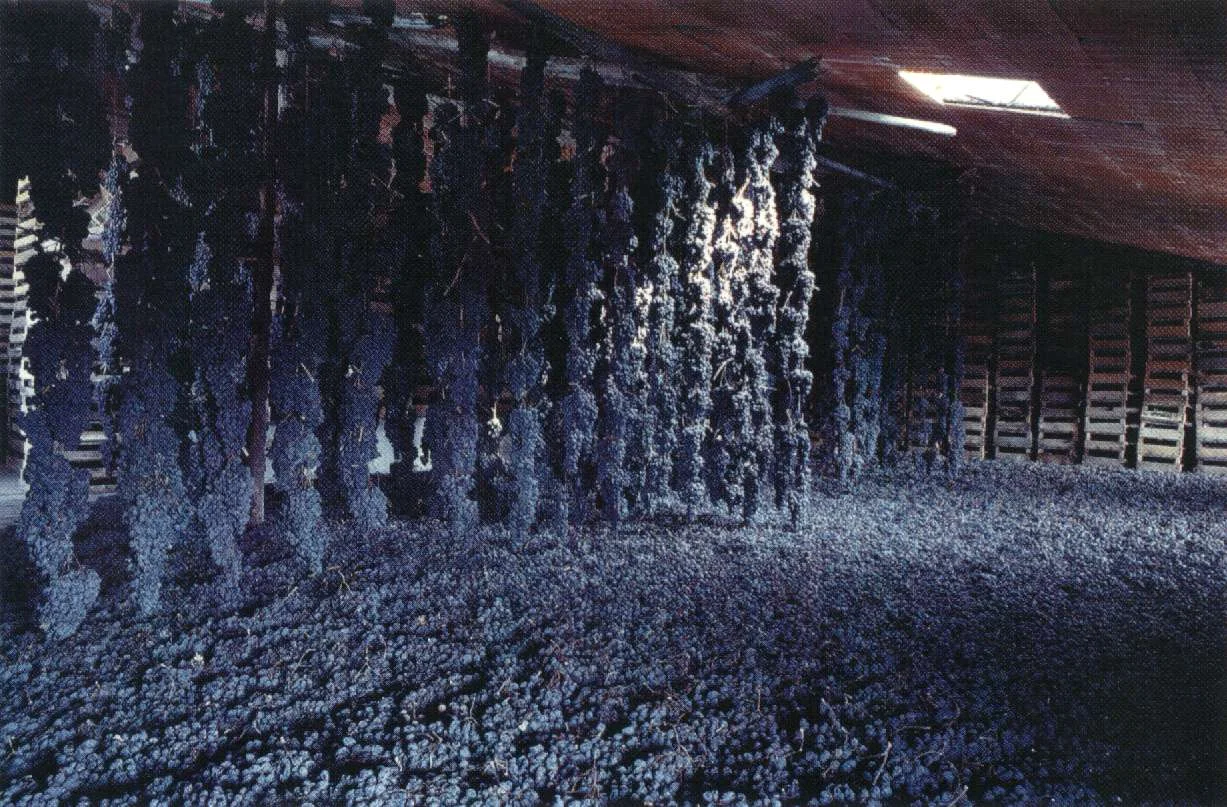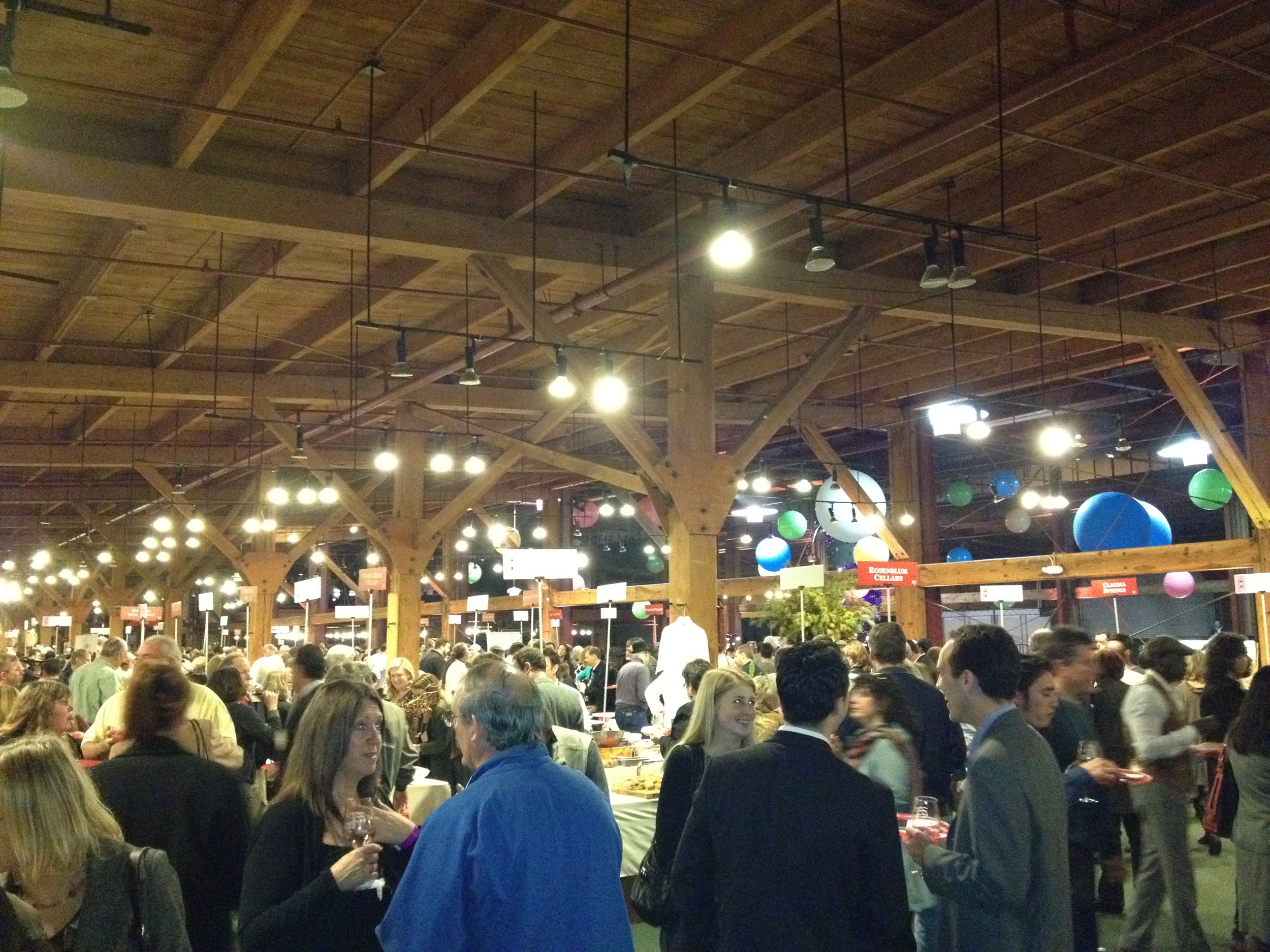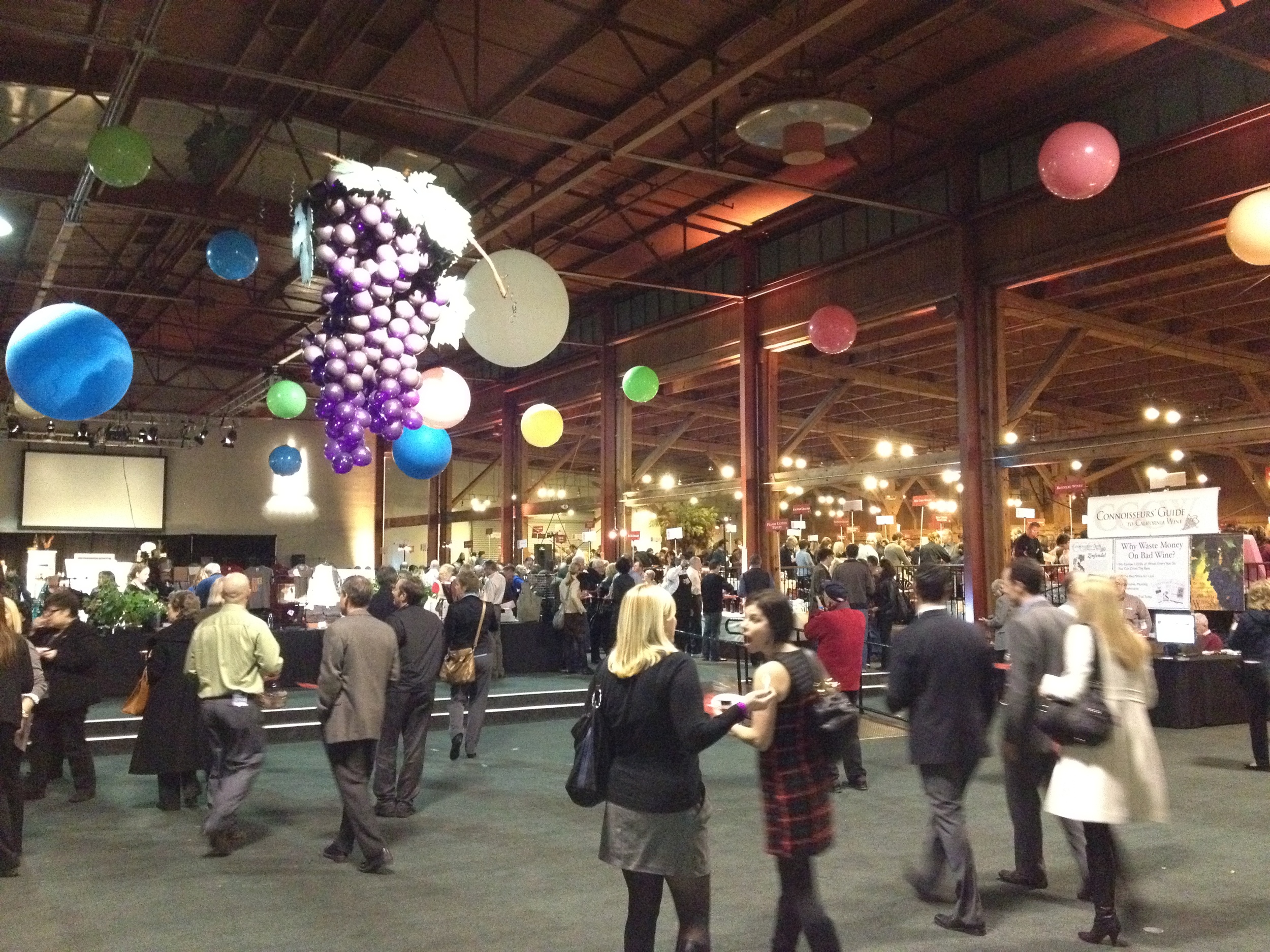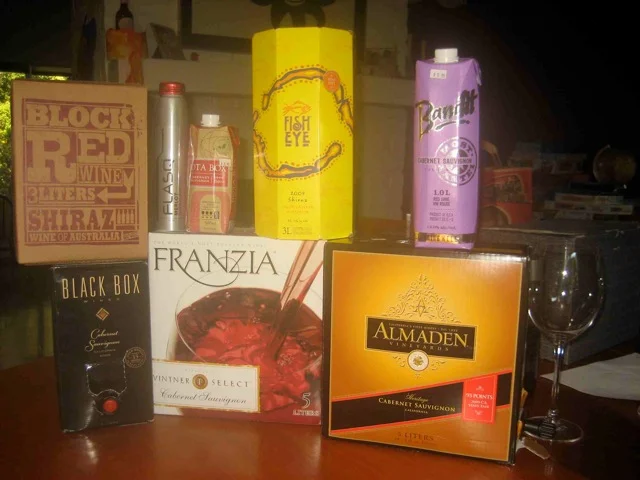Torrontés - Argentina's Treasure
/Torrontés is the best known white wine variety in Argentina, but as far as planted acreage goes it places second to Pedro Gimenez. This fact hints at Argentina's winemaking and wine consumption patterns of the past. Think quantity over quality. With more than 400 years of winemaking tradition and culture Argentina has become a recent player in the field of wine exports. As recently as the early 1990's the main concern for grape growers in Argentina was maximum yields. After World War II and up until the nineties a tumultuous political and economic environment made investing in the vineyards and wineries of Argentina a very risky proposition. In the nineties Argentina experienced an unprecedented influx of capital. Fueled by land cost one tenth of the cost of property in France or Napa, between 1991 and 2000 an estimated $ 1.5 billion was invested into the wine industry of Argentina. Money moguls and political influences made investments palatable, but what sealed the deal for many was Argentina's treasured natural climate; high-altitude valleys, low fertility soils, lack of rain, a wide range of temperatures and intense sun.
The leading exported wine of Argentina is Malbec. Seventeen times more Malbec is exported than Torrontés. Translation, you'll have to look a little harder to findTorrontés. Most retailers will have a few examples but you're not going to discover and aisle full of Torrontés on your next wine buying trip. Although its cultivated in other countries of South America we were unable to find any examples from Chile, Uruguay, Paraguay of Bolivia
We found Torrontés to be unlike any wine we've tasted before. Torrontés is considered indigenous to Argentina and is thought to be a cross between the Mission grape (Criolla Chica) and Muscat of Alexandria. Torrontés is cultivated in most of the valleys of Argentina but the most aromatic and flavorful examples hail from Salta the most northerly region. Since most Torrontés is made sans oak you can expect purity of flavors. The aromatic profile can be aggressive. The aroma strikes as a cross between Viognier and Riesling. We picked up aromas of citrus, flowers, honey, apricot, peach, musk melon, lime and lemon peel. Torrontés is a light to medium bodied wine and when you take in the aromas you reflexively prepare yourself for a slightly sweet, fuller bodied white wine. The trap has been set. Upon tasting and swallowing a good example of Torrontés you are immediately hit with a strong lemony acidity and a slight saline quality. The contrast between the florality and the crisp acidity is striking and to some may be an acquired taste. Torrontés serves well as an aperitif wine and we found it to pair well with Asian, Indian and Mexican cuisine and a variety of cheeses.
While shopping for the wines for this pod cast we noticed a fair number of older vintages on retailer shelves ( 06, 07, 08, 09 ). Having tried several long in the tooth examples we think its fair to say that you should select the newest vintages you can find. As Torrontés ages it loses the delightful aromatics and the zippy acidity that makes it so appealing.
On this pod cast we profiled six wines. Go find a few bottles of Torrontés, chill em down and join us as we explore Argentina's treasure Torrontés.
















